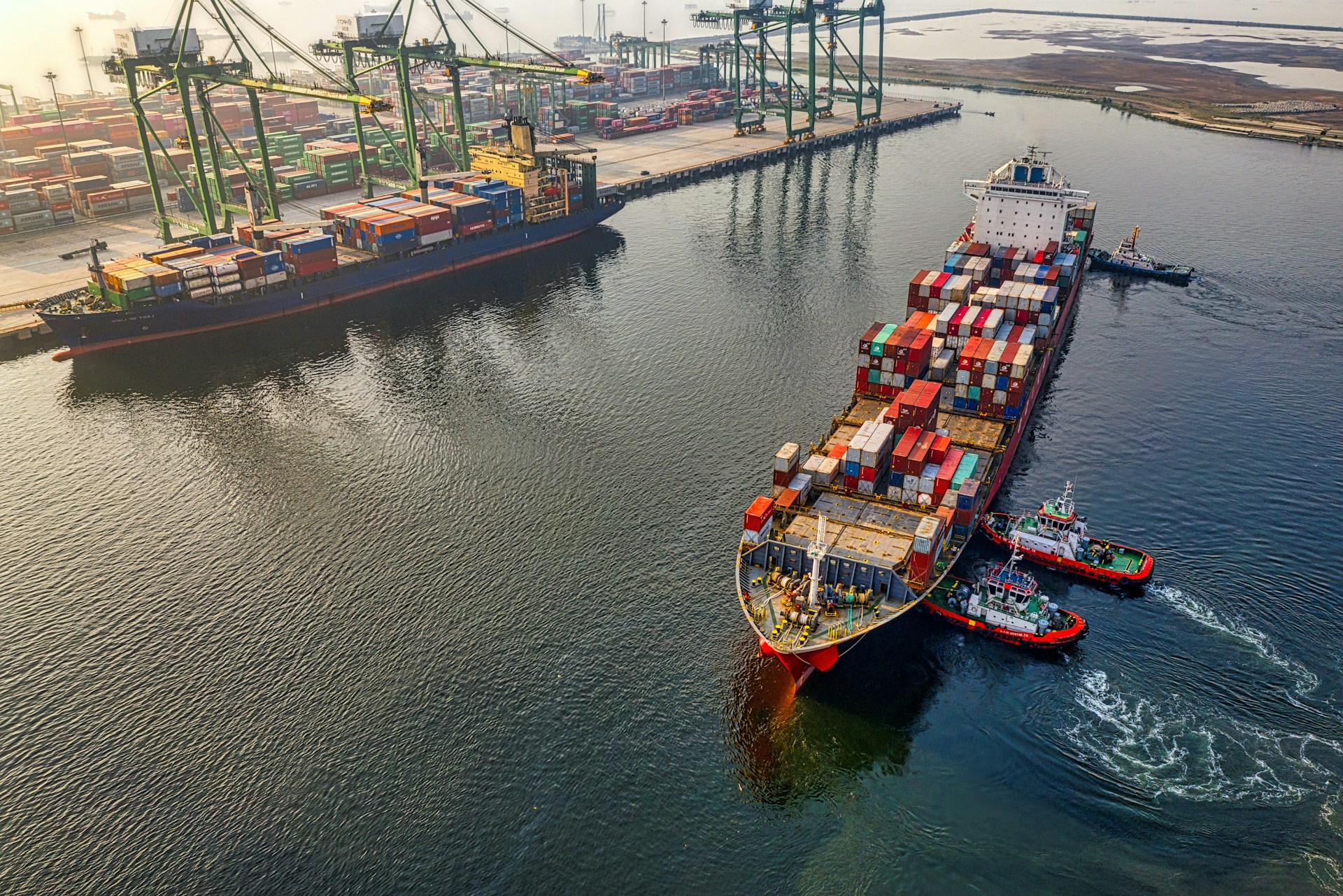For aspiring businesses, expanding to international markets is a critical step toward success. However, this ambition comes with a certain set of financial challenges that they often encounter while conducting cross-border transactions in the competitive world of international trade. This is where specialized financial instruments like trade finance and export finance can help businesses best address these challenges.
They are both essential financial tools that cover several financial instruments, designed to be leveraged by both importers and exporters to ensure smooth and secure transactions. While these terms are sometimes used interchangeably, they cater to different aspects of international trade. By understanding the differences between these two financial aids, businesses can make informed decisions in terms of choosing the right financing solutions.
In this blog, we will address the dilemma of export finance vs. trade finance by better understanding their differences. Let’s start with understanding the purpose and types of both trade finance and export finance.
What Is Trade Finance?
Trade finance is a broad term encompassing a range of financial instruments that promote international trade. It involves the provision of funds, guarantees, and other financial tools to bridge the gap between the exporter and importer during the trade cycle. The importance of trade finance lies in the fact that it facilitates international trade by providing businesses with the necessary financial aid at the right time. Trade finance is primarily used to mitigate the risks associated with global transactions. Here are some of the examples of trade finance tools:
Types of Trade Finance
- Letter of Credit (LC):
Letter of Credit is one of the most common trade finance instruments. It is a guarantee issued by a bank on behalf of the importer to the exporter ensuring that payment will be made upon successful completion of the transaction. LCs provide more security to exporters, as they know that they will receive payment once they fulfill the terms and conditions specified in the LC.
- Bank Guarantees:
Bank guarantees are financial commitments made by banks on behalf of their clients to third parties. They act as a promise of payment in case the client fails to fulfill their contractual obligations. In the context of trade finance, bank guarantees are often used to assure payment to the exporter or to provide financial security to the importer.
- Documentary Collections:
Documentary collections are another form of trade finance, where the exporter’s bank acts as an intermediary to collect payment from the importer. The bank releases the bills or the invoices to the importer upon receipt of payment or a promise to pay.
What Is Export Finance?
Export Finance is a specialized subset of trade finance specifically designed to support exporters and enhance their international sales capabilities. It refers to the financial products, services, and instruments that support businesses in selling their products or services to international markets. It involves providing the necessary funding and risk management tools to enable exporters to fulfill orders, produce goods, and navigate the challenges of conducting cross-border trade. Here are some examples of export finance tools:
Types Of Export Finance
- Pre-shipment Finance:
Pre-shipment finance is a type of export finance that provides funding to exporters before they ship their goods to overseas buyers. It helps exporters manage cash flow challenges, cover production costs, and deliver orders without any hassles.
- Post-shipment Finance:
Post-shipment finance is provided to exporters after the goods have been shipped and relevant export documentation has been submitted. This financing option enables exporters to bridge the gap between shipment and receipt of payment from the importer.
3. Export Credit Insurance:
Export credit insurance is a risk mitigation tool that protects exporters against non-payment or delayed payment. It provides coverage for credit losses resulting from commercial and political risks, giving exporters confidence to explore new markets and extend credit terms to buyers.
- Working Capital Loans:
Working capital loans cater to the ongoing financial needs of exporters, ensuring they have sufficient funds to manage day-to-day operations, pay suppliers, and meet any other daily production requirements.
Differences Between Export Finance and Trade Finance
| Trade Finance | Export Finance |
| Trade finance primarily focuses on facilitating international trade as a whole, ensuring that all parties involved are protected and financial risks are minimized. It caters to the financial needs of both importers and exporters. | Export finance serves the specific financial needs of exporters, enabling them to compete in the global market more effectively. It helps reduce the risks associated with exporting goods across borders. |
| Importers can use letters of credit and bank guarantees to ensure timely delivery and quality of goods, while exporters can access funds through pre-shipment and post-shipment finance. | Here, exporters can leverage tools like pre-shipment and post-shipment financing, export credit insurance, forfaiting, and factoring to ensure a smooth export process. |
| Trade finance provides useful tools throughout the trade cycle. It covers all stages such as pre-shipment, shipment, and post-shipment. | Export finance specifically targets the financing requirements of exporters, both before and after shipment, to ensure a smooth export process. |
| Trade finance provides a wider range of risk mitigation tools that address various risks in international trade, including credit risk, currency risk, political risk, and payment risk. | Export finance often includes risk mitigation tools such as export credit insurance and export guarantees, which help exporters manage credit risk. |
Get Excellent Trade Finance Solutions
Tradewind Finance provides international trade finance to the world’s small- and mid-market. Founded in the year 2000, with more than 20 offices worldwide, we transact across all continents. Because of our deep understanding of the textile and apparel industry, we can provide each client with a tailor-made solution based on location, products, and payment terms.
We provide pre-export and export financing for sales made on open accounts, letters of credit, and documentary collections payment terms. Our innovative solutions help accelerate clients’ cash flow and allow them to increase their turnover, and take on larger purchase orders for faster growth. Using purchase order funding, inventory lending, letters of credit, and structured guarantees, our solutions help align the needs of both buyers and sellers and minimize risk across the supply chain.



